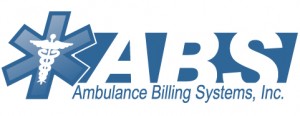Medicare coverage of Ambulance Services
Medicare coverage of Ambulance Services aims to be consistent but requires some degree of interpretation and judgement to determine what claim should be submitted for ambulance billing purposes. Medical insurance (Medicare Part B) will cover an ambulance service from or to a hospital, a skilled nursing facility or critical access hospital but only when any other form of transport may endanger a patient’s health.
However, there are cases when Medicare may cover the services of an ambulance under the following circumstances:
- If a patient needs to transport from their home or medical facility for health care for a condition where transportation by ambulance is required.
- If a patient requires dialysis, or an end-stage renal disease, and requires ambulance transport to or from a dialysis facility, in the event that any other form of transport is likely to endanger the patient’s health.
Under the Medicare coverage of Ambulance Services guidelines, Medicare will only cover an ambulance service to an appropriate medical facility that is closest to the patient and can provide the necessary treatment and care. If a patient decides they wish to use a facility further away, the Medicare payment is based on the normal charge to the facility that was closest.
In cases where the care that is required is not available in the local area, transport to the closest facility that can offer the required care outside the local area will be covered by Medicare.
Medicare coverage of Ambulance Services may provide cover for an emergency ambulance transport, in the cases where the condition places a serious threat to the patient’s life. Such cases may include unconsciousness, in shock, bleeding or in severe pain. The bottom line is just how serious a patient’s condition is at the time and if an alternative method of transportation was considered more appropriate.

